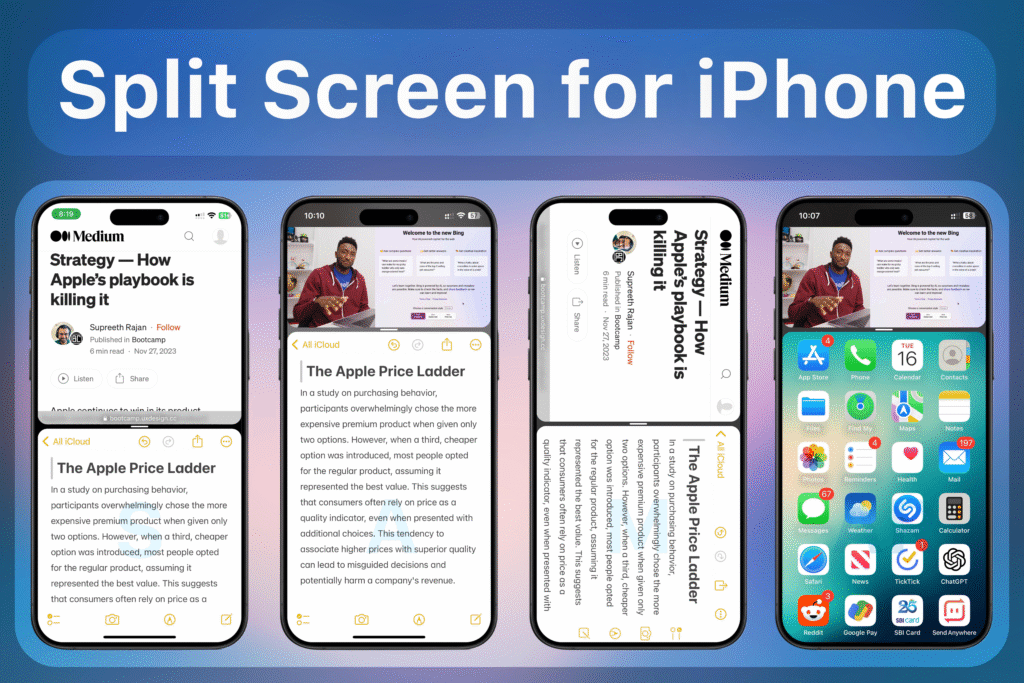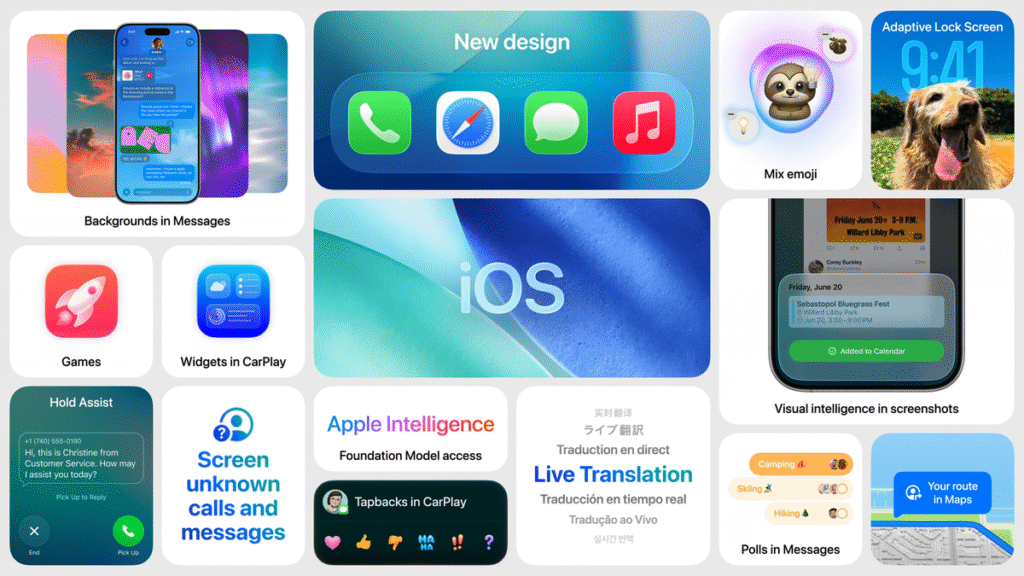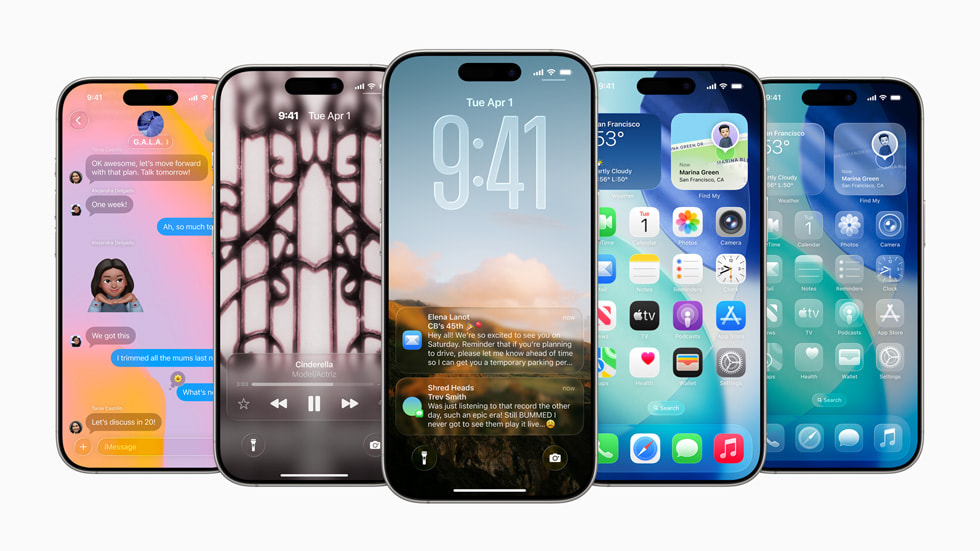Apple recently unveiled iOS 26, promising a refined user experience, better customization, and enhanced privacy. But tech enthusiasts were quick to point out an uncomfortable truth — many of these “new” features feel oddly familiar. In fact, most of them have existed on Android for over five years. As Apple walks the path Android paved long ago, it raises a question: Is iOS innovating or simply catching up?
iOS 26 Features: Playing Catch-Up With Android
Apple introduced multiple features in iOS 26 that Android users have enjoyed for years, including home screen customization, split-screen multitasking, and always-on display options.
According to The Verge, several of iOS 26’s most praised innovations — including interactive widgets and enhanced notification controls — reflect Android’s features dating back to Android 9 (Pie) and Android 10.

This growing overlap has caused long-time iPhone users to question Apple’s innovation pipeline. While refinement is a hallmark of Apple, the delayed adoption of already-available tools is beginning to wear thin for tech-savvy users.
Customizations and Widgets: Android Vibes All Over Again
One of the major talking points in iOS 26 is its new level of customization. Users can now:
- Rearrange app icons freely
- Customize lock screens with more widget options
- Apply system-wide themes
However, Android users may feel déjà vu — these capabilities have been a mainstay since Android Nougat (2016) and refined with Material You in Android 12.

Despite the similar features, Apple has polished the UI to match its minimalist aesthetic — proving once again that Apple focuses on seamless execution, even if it arrives late to the game.
Is This Strategy Smart or Lazy?
Apple’s approach appears to prioritize stability over experimentation. But in a fast-evolving mobile market, falling behind the innovation curve may impact user satisfaction and brand perception.
From a business perspective, Apple is betting that its ecosystem and premium feel will outweigh any lack of novelty. Yet the increasingly tech-literate consumer base is starting to notice the trend.
Conclusion: Evolution or Emulation?
iOS 26 may be the most Android-inspired update Apple has ever released. While the enhancements certainly benefit users, they also reflect a noticeable lag in innovation. Apple isn’t leading the way — it’s refining a route Android mapped years ago.
Still, if you’re an iPhone user, these updates make the experience more flexible and personalized than ever before. But if you’re switching from Android, don’t be surprised if iOS 26 feels like familiar territory.
👉 What do you think about iOS 26 copying Android? Share your thoughts in the comments or explore more on our Tech News page!








